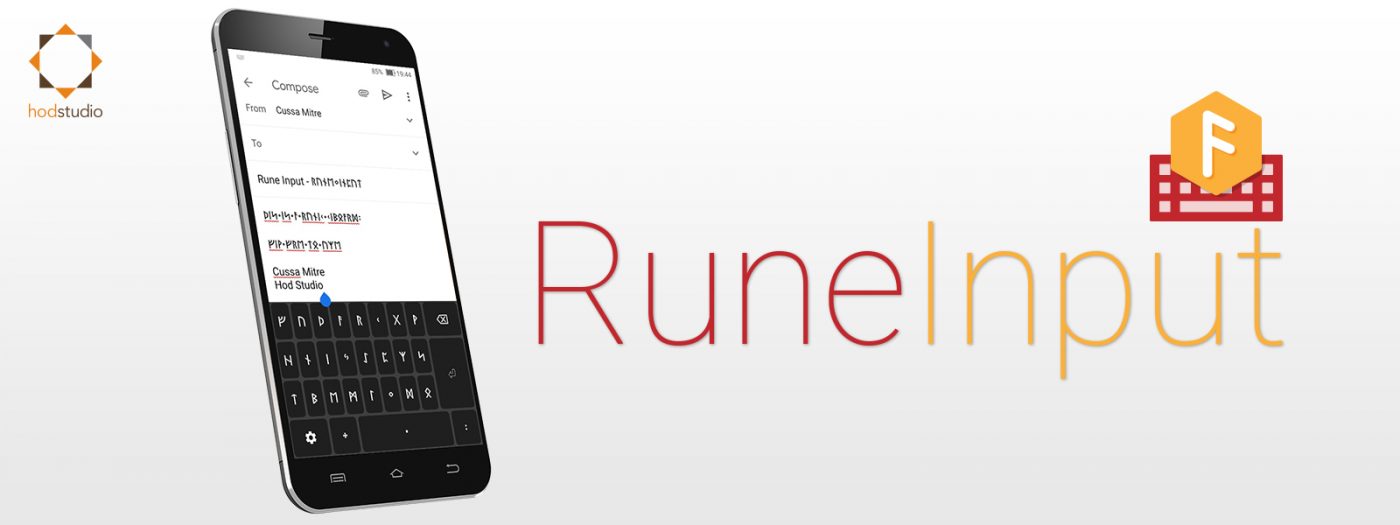Why create a runic keyboard?
Whenever when you want to use runes in any communication, we face a problem: the lack of such “characters” in the so-called standard alphabet. So, to write a text or send a simple message with such characters/symbols, we always had to use different fonts. This method works well for print jobs or pdfs, but it doesn’t work very well for websites and applications. The reason: for the person to see what you want, they would need to have installed on their computer/cellphone precisely the same font that you used to create such text.
However, one thing that not many people know is that the runic characters are available in the Unicode table, which is a standard pattern of characters from all alphabets in the world. This means that any computer, program, or device can display and reproduce these characters. Based on this idea, we decided to create a keyboard that allows you to write directly in runic.
One detail: Rune Input is not an application. So, you don’t open it as a regular app on the cellphone. It works as an integrated keyboard straight to Android. If you have any questions, see the installation and configuration guide below.
And why doesn't it have the letters?
The runic alphabet is purely phonetic. This means that the letters have no real relationship or direct connection to a rune. Speaking in this way, it may seem a little strange, but let’s perhaps do a simple example:
The creator of the app, Cussa. Its name has the letters C U S S A. If we are going to write his name using runes, we will have the following text: ᚲᚢᛋᚨ. The first rune “ᚲ” has the sound of [k], as in car. The second rune “ᚢ” has the sound of [u], as in ultimate. The third rune “ᛋ” has the sound of [s], as in salad. And the last rune “ᚨ” has the sound of [a], as in the word all. However, being a phonetic alphabet, the fact that the original name has two letters S does not influence its conversion to runes, leaving only one rune for the sound.
We decided to create the app most simply due to all these nuances that vary from language to language. Below, you will find an information base to help you make your transliterations into Runic. Recalling also that some sounds did not exist at the time, often requiring “adaptations.”



